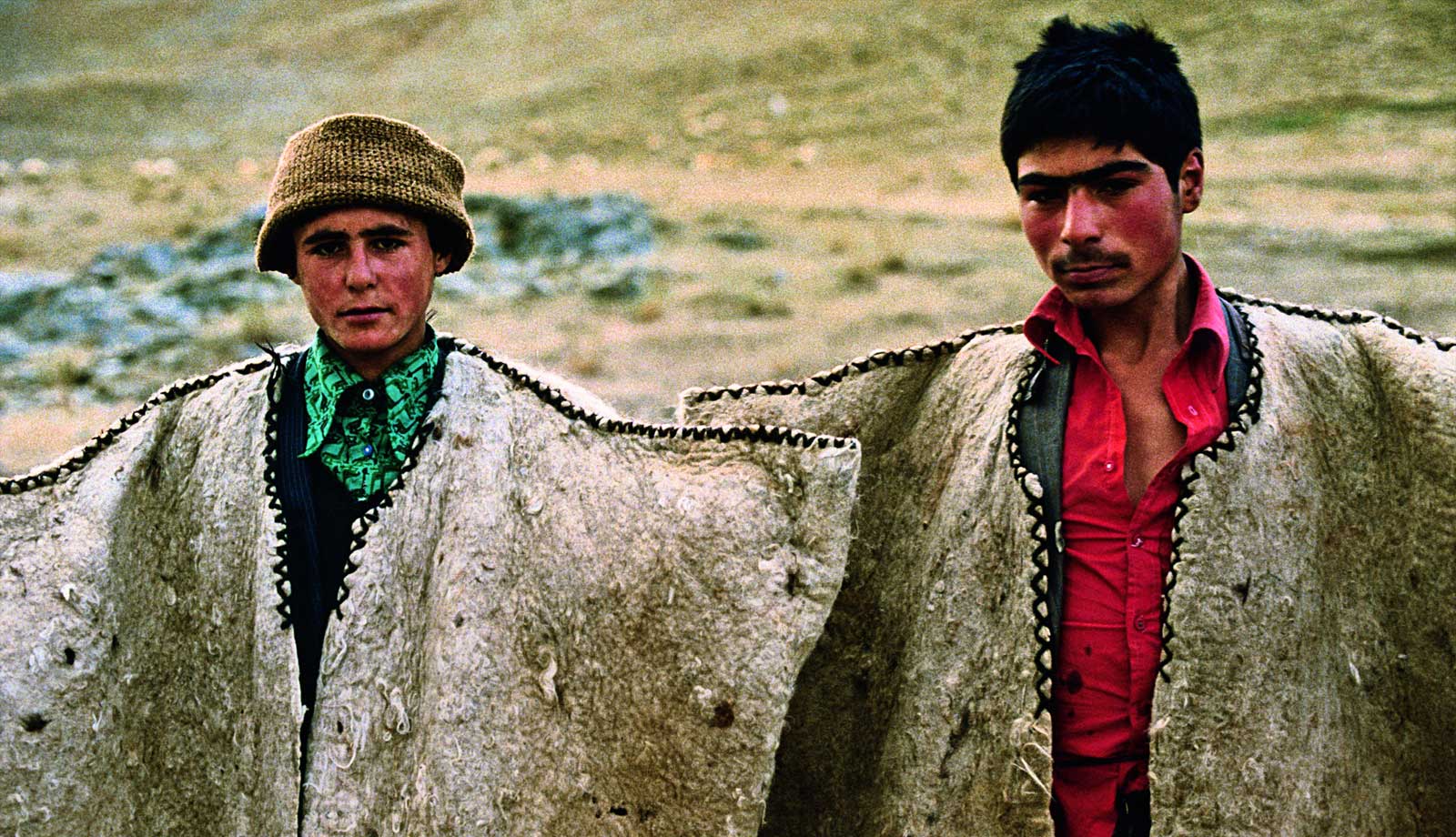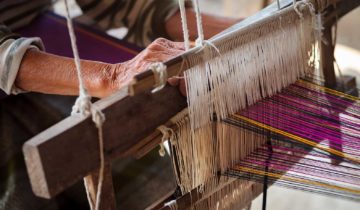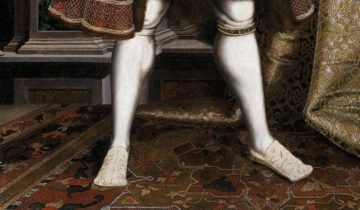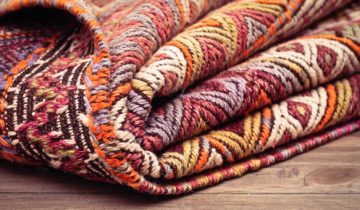One of the oldest ways of expression in art is by forming materials such as clay, marble, or wood into abstract or concrete images to express emotions, moods and beliefs. The 20th century was marked in particular with abstract expressionism encountered throughout all the arts, from sculpture-work to painting, and was one of the richest forms of artistic expression. Interestingly enough, some of the oldest traces of early expressionism can be found in kilims and carpets.
This incredible art is part of a unique heritage that can be seen as the first ever instance of expressionism as faiths, dreams, desires, and moods were depicted stitch by stich.
The Interpretation of Artists
Anatolian society is a harmony of Islamic beliefs and Turkish culture and this can be seen in every aspect of daily life. This is a lifestyle unaccustomed to the Western world, which is wholly evident in its art and its aesthetics.
In the West the art of painting tended to favor a fairly faithful painting of the events it hoped to depict until around the 20th century. By the 20th century a new set of foundations for art were laid as abstract expressionists began to play with one’s perception of the human body and forms, changing Western art forever. One can say that the primary differences between these two styles is one of transfer and reflection. While this was the case in the West, Islamic culture was heavily influenced by Anatolian art, which was completely different. One can find the beauty of some examples of Western abstract expression all the way back in the watchful eyes and women’s silent screams in the kilims of Anatolia that date back as far as the 13th century. From this male-dominated society that was opposed to the depiction of idolatry and human depiction sprung incredible abstract expression in woven works of indescribable value.
The marriage desires of young girls, the voices of star-crossed lovers, the superstitions and divine beliefs… all are found in the small loopholes of Anatolian kilims. Every artist has their own interpretation of colors, of figures, of composition and as a result each individual work produced reflects their differences and similarities. This “reflection” method of expression is how we have so many original works within the same regions and even within the same workshops.
When you look at today, the kilims that have been produced in Anatolia for hundreds of years have really grown in value. Each artist’s interpretations on life have enriched the art as a whole and this is the reason that carpets and kilims alike are so precious from this region.




 No products in the cart.
No products in the cart. 